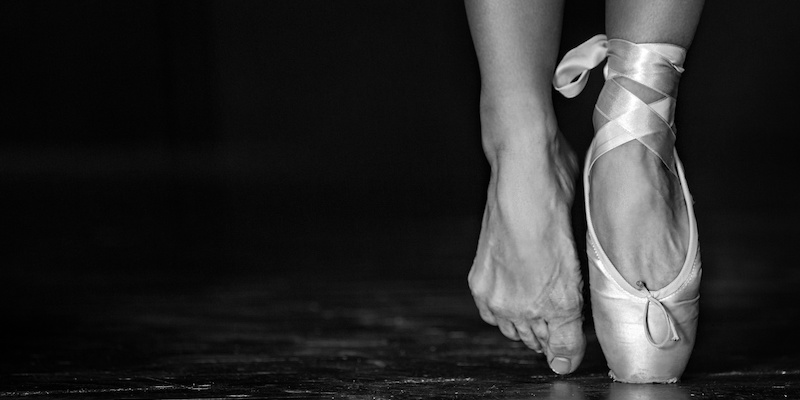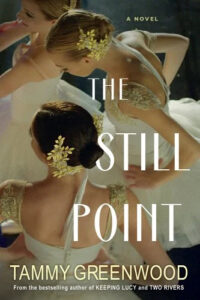There is a famous image of a ballet dancer’s feet—one clad in pale tights and a pristine pink pointe shoe, ribbons neatly tied, while the other foot is bare. Band-Aids, blackened toenails. Blisters and bunions. The contrast is stark, the statement obvious: in ballet, there is the illusion and there is the reality. There is beauty, but underlying that beauty is pain.
As the mother of a professional ballet dancer, this image resonates with me. And when I began writing my most recent novel, The Still Point, about a group of pre-professional ballet dancers in their final year of high school and their ambitious mothers, I wanted to offer both sides of this world. I wanted to explore both the dream and the darkness of this particular art.
Ballet books have become popular lately, especially when the world of ballet is facing scrutiny for its often-archaic views of femininity, race, and power. Here are four books—two novels and two non-fiction—which seek to peel back the satin and reveal the tender pain beneath.
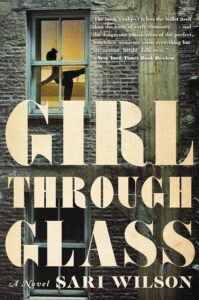
Girl Through Glass by Sari Wilson
I read this novel several years ago when it first came out—drawn to both the ballet storyline (which follows a young student at the School of American Ballet) and the 1970s time period. A haunting portrait of a young dancer caught in the spell of a much older male mentor as well as Mr. Balanchine himself, Girl Through Glass is in some ways a #metoo story set in the rarefied world of the New York City Ballet.
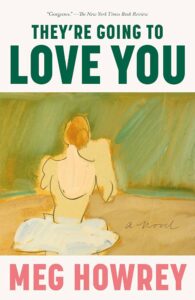
They’re Going to Love You by Meg Howrey
Like Girl Through Glass, Meg Howrey’s novel, They’re Going to Love You is about a former SAB student, though this novel is a dual timeline novel set in the present and in the 1980s. Howrey, a former professional ballerina herself, is at the top of her game in this novel about the futility of ambition in a world which rejects anyone who does not fit ballet’s physical ideal. I have read this book twice—and the second time I took note of the sadness underlying the story. Carlisle’s love of dance, in the end, is no match for the narrow definitions of what make a “ballet body.” The novel is about much more than this, of course; it is not only about art and ambition but also about family secrets and legacy. But Howrey truly captures the exclusiveness of the ballet world, and the pain of one dancer’s exclusion.
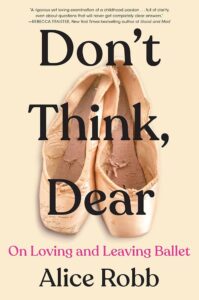
Don’t Think, Dear: On Loving and Leaving Ballet by Alice Robb
What I found so interesting about this book was the delicate balance that Robb manages between critique and homage of the ballet world. Like the other authors I have mentioned, Robb is an insider as well—a former student at the School of American Ballet. And this positions her to speak both from inside the bubble and outside of it. She tackles the power dynamics at play in ballet companies and the unrealistic demands on female dancers without ever losing sight of the ballet world’s magnetic pull.
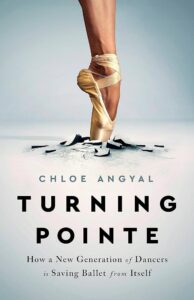
Turning Pointe: How a New Generation of Dancers Is Saving Ballet from Itself by Chloe Angyal
Journalist, Angyl, takes on the darker side of ballet in this meticulous exploration of an artform that is only now beginning to reinvent itself. A keen examination of a world that demands so very much of the dancers who embrace it, Turning Pointe is a must read for all ballerinas and consumers of dance. However, it is particularly informative for young dancers pursuing careers in the dance world—and those hoping to be agents of change within it.
***

